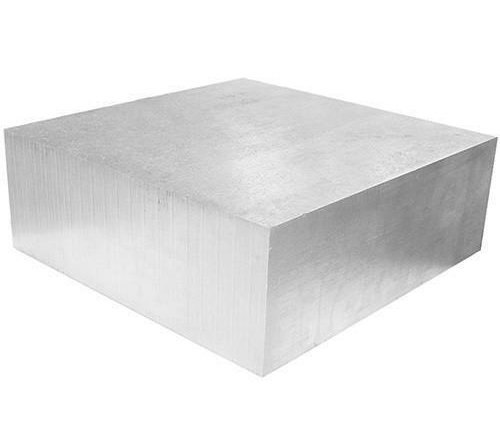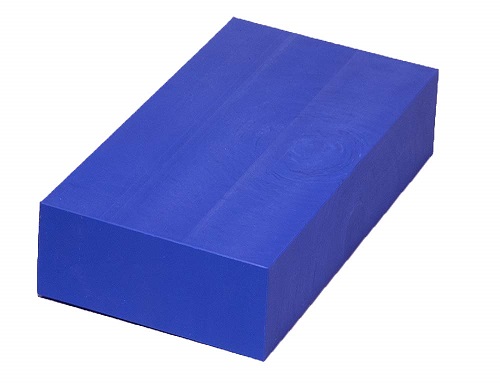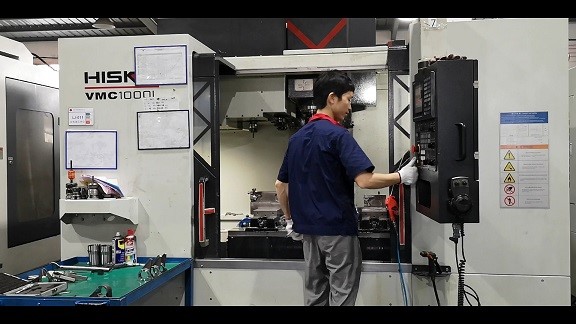CNC Machining Cost Calculation
CNC machining remains one of the most cost-effective methods for on-demand production to date despite advancements in technologies like 3D printing. You cannot undermine its usefulness in machining materials like metals. However, a few clients could find CNC machining cost calculation quite difficult due to the involvement of various factors.
Do you belong to the category mentioned above? This article will demystify the factors that machine shops consider before determining the costs. It will also give useful tips on how to reduce these costs to suit your budget. Read on to the end to find out more about these useful tips.
What Determines CNC Machining Cost?
Before you can understand how to reduce your CNC machining costs, you must first understand the various factors that influence prices. The following are some of the factors that machinists consider when calculating CNC machining costs:
1. Material
This is a critical factor that machinists consider when calculating CNC machining costs. Because CNC machining is a subtractive process, it uses more material than the final product. Machinists purchase these materials in blocks and calculate prices per block. Metals and plastics are the two most common materials used in CNC machining. Let’s take a closer look at them both:
-Metals

Aluminium 6061, Stainless Steel 303, and Brass C360 are common metals used in CNC machining. Machinists prefer aluminum 6061 because of its low cost and high machinability. Stainless Steel 303 and Brass C360 have higher machinability but are more expensive as a result. You can learn more about how we factor material costs into your CNC costs by using our quoting platform.
– Plastics

Plastics are less expensive to machine because of the lower average price of bulk materials and shorter machining times due to their lower hardness. Plastics such as ABS, Nylon 6, and POM (Delrin) have roughly the same bulk costs as Aluminium 6061, though they may cost slightly more per block. Plastics such as PEEK are extremely expensive and should be used only when absolutely necessary.
2. Machining Cost
The cost of machining is determined by the type of machine. The two most common types of CNC machines are 3-axis machines and multi-axis machines. In Europe, 3-axis machines cost approximately $35-$40 per hour, while multi-axis machines cost approximately $75-$120 per hour. However, Chinese companies like Tianhui Machine sell these for much less, offering $8-$10 for 3-axis machines and $30 for 5-axis machines.
Machining costs are also determined by two factors: the machine’s cost and the number of hours the machine is expected to operate in a year (which is 5000 hours on average). To calculate their machine shop rates, machinists divide the machine’s cost by the number of hours it will run in a year (also known as the machining cost per hour).
3. Labor
Because of the high level of automation involved in the CNC machining process, you do not need to hire a large number of people. The most expensive labor costs are for design and digitization. The labor costs for CNC manufacturing processes are broadly classified into three categories:
– Programming
This is the most expensive part of the labor costs because it includes design and digitalization costs. You must outsource your product to a designer for conversion into a CAD file. You can avoid this by performing the task yourself. The manufacturing engineer comes next, who checks your design for reproducibility and makes suggestions to improve it. The final individual is the programmer, who converts the CAD file into a CAM file to assist the CNC machine in understanding the design. All of this knowledge will come at a cost.
– Set up
The machine operator is involved in this step. He spends time setting up the machine for a custom CNC job and ensuring that everything is done correctly to produce a great result. The cost of setup is determined by the number of parts to be produced. The cost per part is lower in bulk part production because it is spread out over a larger number of parts.
– Post-processing
After production, your product will need to be assembled and transported to its final destination. These procedures will necessitate some manual labor, which will incur additional costs.
4. Others
Other costs associated with CNC machining include:
– Tooling
Some custom CNC fabrications may necessitate the purchase of specialized tool bits by the machine shop. Despite the fact that the tool bits will remain in the machine shop after production, you may be required to pay a portion of the machine costs. This is due to the possibility of tool wear during production, particularly if the raw material has a high level of hardness.
– Surface Finish
Surface finishes improve the appearance and resistance to harsh environments of CNC machined parts. They are advantageous, but they raise the machining costs.
All of these factors are taken into account when calculating CNC machine costs. The following section will explain how you can further reduce these costs.
If you have CNC machining projects to get quotation, please contact us!



Leave a Reply
Want to join the discussion?Feel free to contribute!